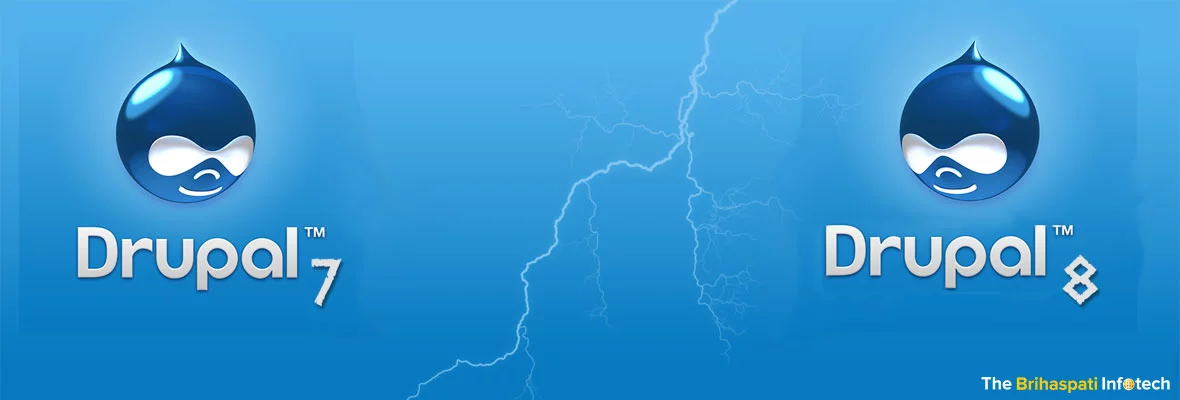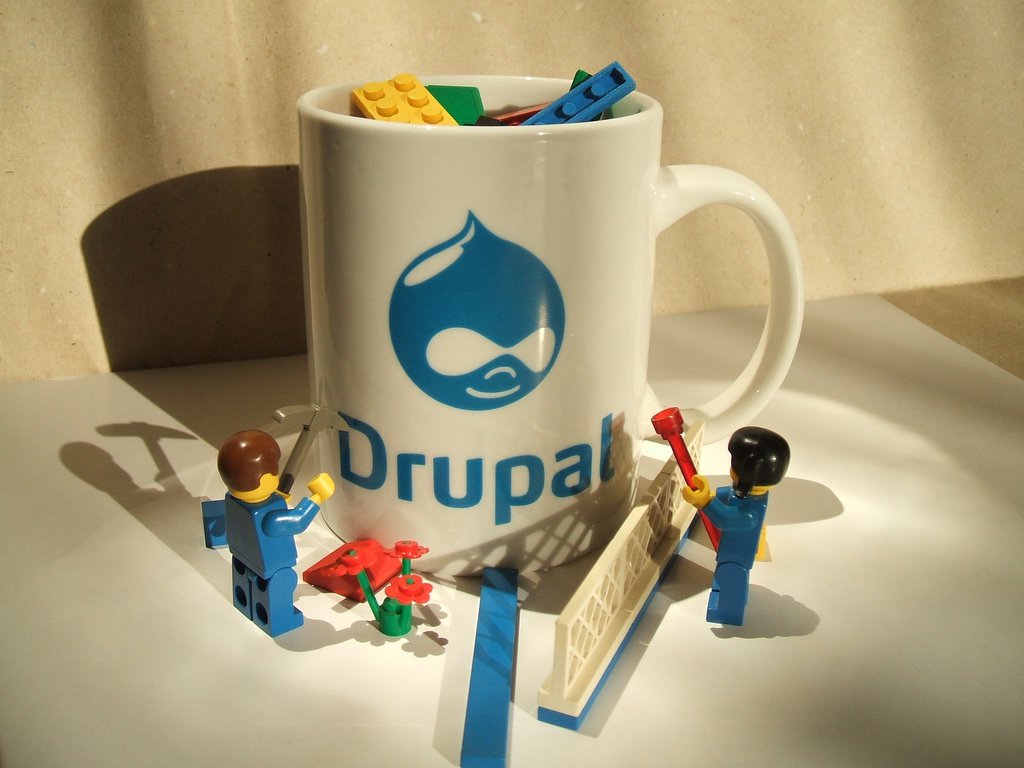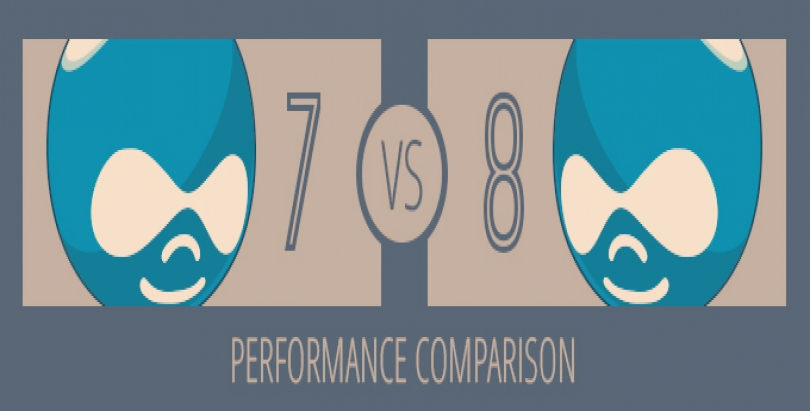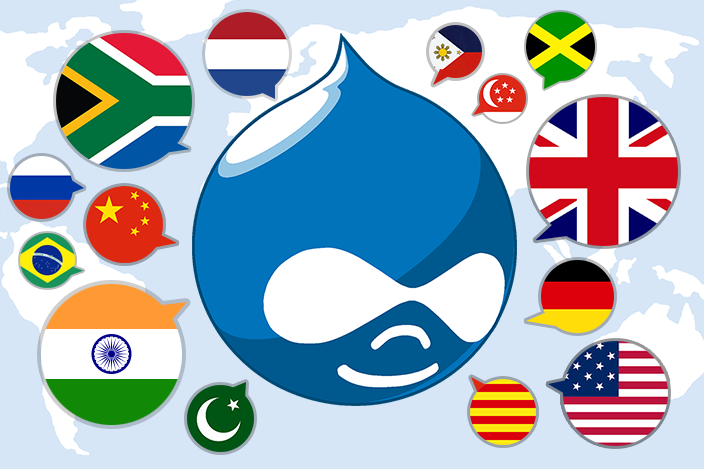Drupal 7 vs Drupal 8 Multilingual ? Choose the best for your Website.!!

Drupal as a preferred content management system (CMS) has managed to draw attention of businesses of every shape and size for the development of robust and powerful web applications. Millions of web developers and website owners are impressed with its enhanced usability, performance and out-of-the-box scalability.
As a successor of existing Drupal 7 version, Drupal team has launched Drupal 8.
Here at TBI, our team is motivated and dedicated to ensure your business fully equipped with the latest and highly efficient Drupal 8 Multilingual framework. With this in mind, we have compiled this Multilingual framework of exceptional features that you need to take for your website.
What is Special About Drupal 8 ?
When compared to its predecessor Drupal 7, Drupal 8 comes with many new features and enhancements. Addition of various new features and modified core structure has made Drupal 8 much more powerful and promises to deliver future proof websites.
Drupal 8 is free to use open source content management system (CMS) that empowers millions of websites. Here you can create a simple websites like a personal blog as well as fully integrated Enterprise websites.
Another great new feature of Drupal 8 is a vastly improved migration path from previous versions of Drupal. It will be exciting as a migrate module will now ship with Drupal core and helps us automate otherwise tedious tasks.
Drupal 7 vs Drupal 8 Multilingual
Since the past three years, there are almost a thousand issues and almost a thousand people participated in the issues around improving multilingual features and APIs in Drupal 8. In this initiative, most of issues are resolved, making Drupal 8 a truly outstanding release for everybody looking to create even single language non-English sites but especially those making multilingual sites.
Before further considering whether you should go for upgrade to Drupal 8, let us see the following interesting comparisons
Drupal 7 vs Drupal 8 :
| S No. | Functions | Drupal 7 | Drupal 8 |
| 1 |
Well-defined Configuration |
It isn’t clear whether something belongs in the “configuration” or “content” realm. Several approaches to this are possible, like “soft configuration”. | Configuration will be less subjective, having an “Export Configuration”. Concepts like “soft configuration” still apply, but at least it’s clear what is configuration and is not. |
| 2 |
Storage of configuration in files |
Generally, stores configuration in the database, together with content. Only a little subset of configuration is read from PHP files. | Configuration will live in text files. For several reasons (i.e. performance, safety, security), by default files will actually be stored in the database, but will still be accessed and managed as files. |
| 3 |
Configuration with unified format and approach |
An annoying issue is that modules are free to set their own standards for storing configuration, to find sites where configuration is scattered among variables. Modules like features at times need some “black magic” to guess where and how relevant configuration is stored. | The unified approach, where all configuration is in the form of text files in the YAML format, is a great step forward. It removes the guesswork needed by Features in Drupal 7 to understand how to find and export components. |
| 4 |
Staged configuration |
You can have “staged configuration” through Features and the Features revert operation. | Allow to import a complete site configuration (all variables, permissions etc.), something that is highly unpractical to do with Drupal 7 and Features. |
| 5 |
Interface to developers |
From a developer’s point of view, writing PHP code to access and/or set a component’s configuration is tricky, since you don’t have a global interface, let alone an “entry point” that allows you to explore all the site configuration. | Bring a very welcome improvement by providing a dedicated type for configuration entities and the unified interface Drupal::config($name) for getting and setting all configuration values: as a typical example Drupal::config('system.site')->get('name') will return the site name, and the same pattern can be used for everything. |
There are difference of opinions regarding features of Drupal 8.
Many supports that Drupal 8 has some exciting new features that may surpass previous one behind.
In contrast, there are lots of people who still things Drupal 7 is the best one to build online applications.
If you are confused in deciding which one is best among these two versions? And
Want to know what kind of features both of these Drupal versions are going to bring for you?
Why to choose Drupal 7 ?
Improved Interface and User-friendly
Being user-friendly, it will help you customize the website at any point of time with a whole host of options. Also, the professional users who are using this version admire the shortcuts for the long tasks.
Minimum Modules
Less number of module downloads helps in resizing the images and the aspect ratios of the video files to any possible size.
Responsive websites development
This framework empowers developers to responsive complicated websites, who can quickly create custom functionality. Moreover, a large and rapidly growing community of Drupal creators are passionate about improving and supporting its usage.
Why to choose Drupal 8.?
HTML5 Improvement
Powerful and improved version of HTML 5 is always expected with the new version of Drupal. For better management of the website, it will be equipped with the major coding extensions.
Framework with Better Speed
Drupal 8 is going to be known for giving the websites smooth transition effects with the out-of-the-box framework speed. It is expected to have an extraordinary file uploading and storing speed. For better navigation, it will also have some great drop down menus for speedy transitions to web pages.
Multilingual capabilities
It has never been an easy task to set up a website and make its interface work in multiple languages. Mostly, previous Drupal versions were English-oriented. The compatibility of the add-ons was not feasible with the different languages. By providing all multilingual features in the core, Drupal 8 really steals the show. To make Drupal 8 core better out of the box, the team behind the Drupal 8 Multilingual Initiative (D8MI) has worked tirelessly for creating and managing multilingual and foreign language websites. With Drupal 8, Google translator compatibility the developers can leverage from its multilingual language capabilities.
To ensure every corner of Drupal 8 is multilingual, there are 4 modules that come with the core package described below:
Assign Language :
To ensure that Drupal is set for multilingual websites, this is the base module and does all the back-end work. Here, user can assign language to all sections of the website including user role names, taxonomy terms, and administration language.
Translation of website configuration :
With this module, the entire configuration of a website can be translated. Users has empowered with the options to translate menus, blocks, and views configuration etc. into language (s) of their choice.
Here to translate the configuration users can get a built in interface. It just needed to load the configuration, use built in interface and pass on the translated values.
Translation of Content :
With Drupal 8, user can translate value of any field of a website content. Moreover, any custom fields and default node fields can be translated here.
Software Interface Translation :
Translation of Drupal software interface itself into any language can be ensured with this module. Users can use their own translation for the interface or can download and use the translations made available by Drupal community in multiple languages.
Since organizations prefer to follow their internal terminology and language rather than the language that Drupal community speaks, many big enterprises would benefit from this.
Whether or not to upgrade my Drupal 7 site?
It is highly dependent on your business goals and the type of site you run.
If your site relies heavily on custom modules built by your developer to facilitate unique functionality then you need to be ported to Drupal 8 by your developer and depending on their complexity it could take a substantial chunk of time.
You can have the latest & greatest Drupal in the near future, if you have a simple site that can rely on Drupal 8 core without the help of too many obscure modules.
All the top Drupal 8 features we have seen above create multipurpose, scalable, responsive and future proof websites. These features surely help developers to reduce time to go live with new Drupal based projects.
At TBI, we provide you a frame work of Drupal 8 Multilingual for your website that encourage optimum performance for your business in your own website language.
For further information about any of our services or to learn more about how your business can benefit from Drupal 8 Multilingual, don’t hesitate to contact our expert team to reach us at TBI today.
Thanks for reading. Let us know your thoughts via comments!!





